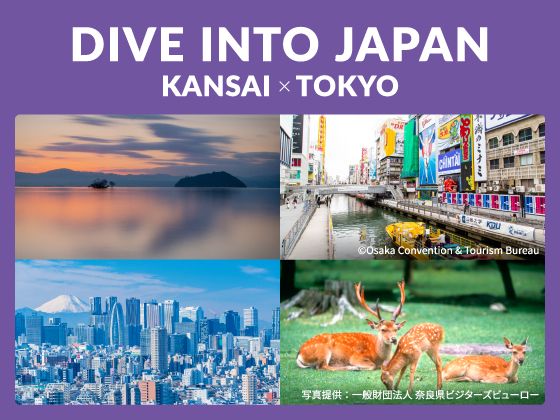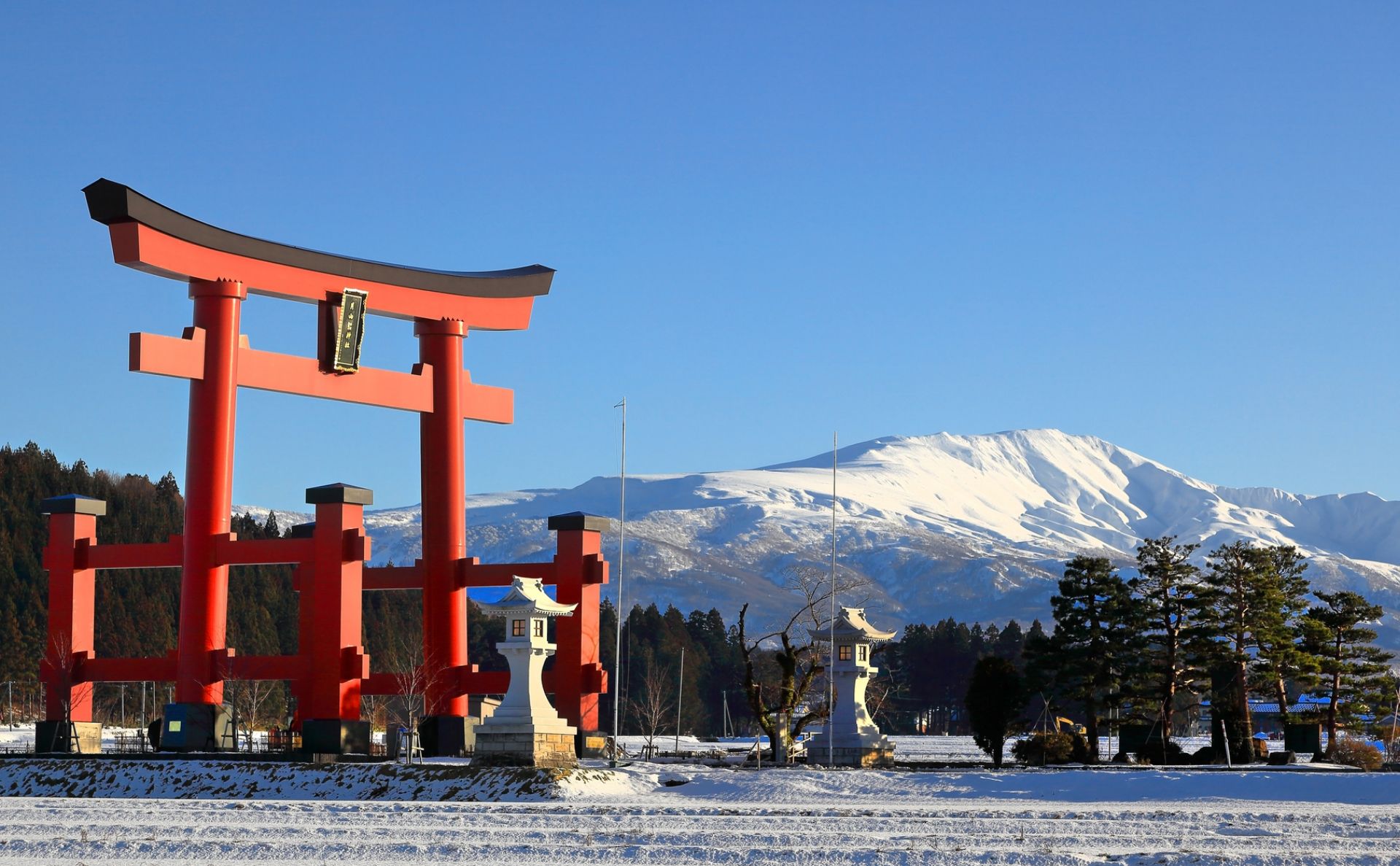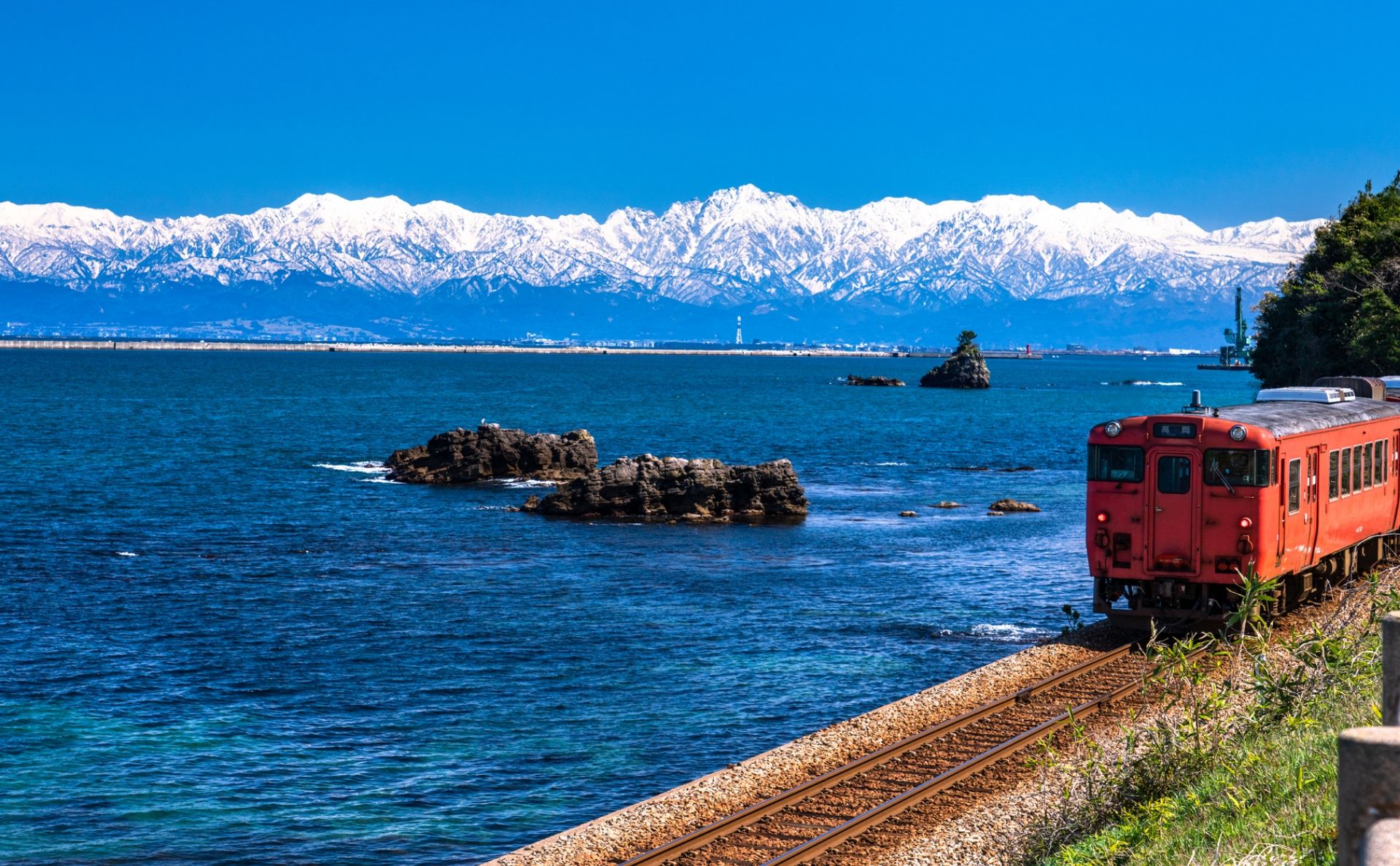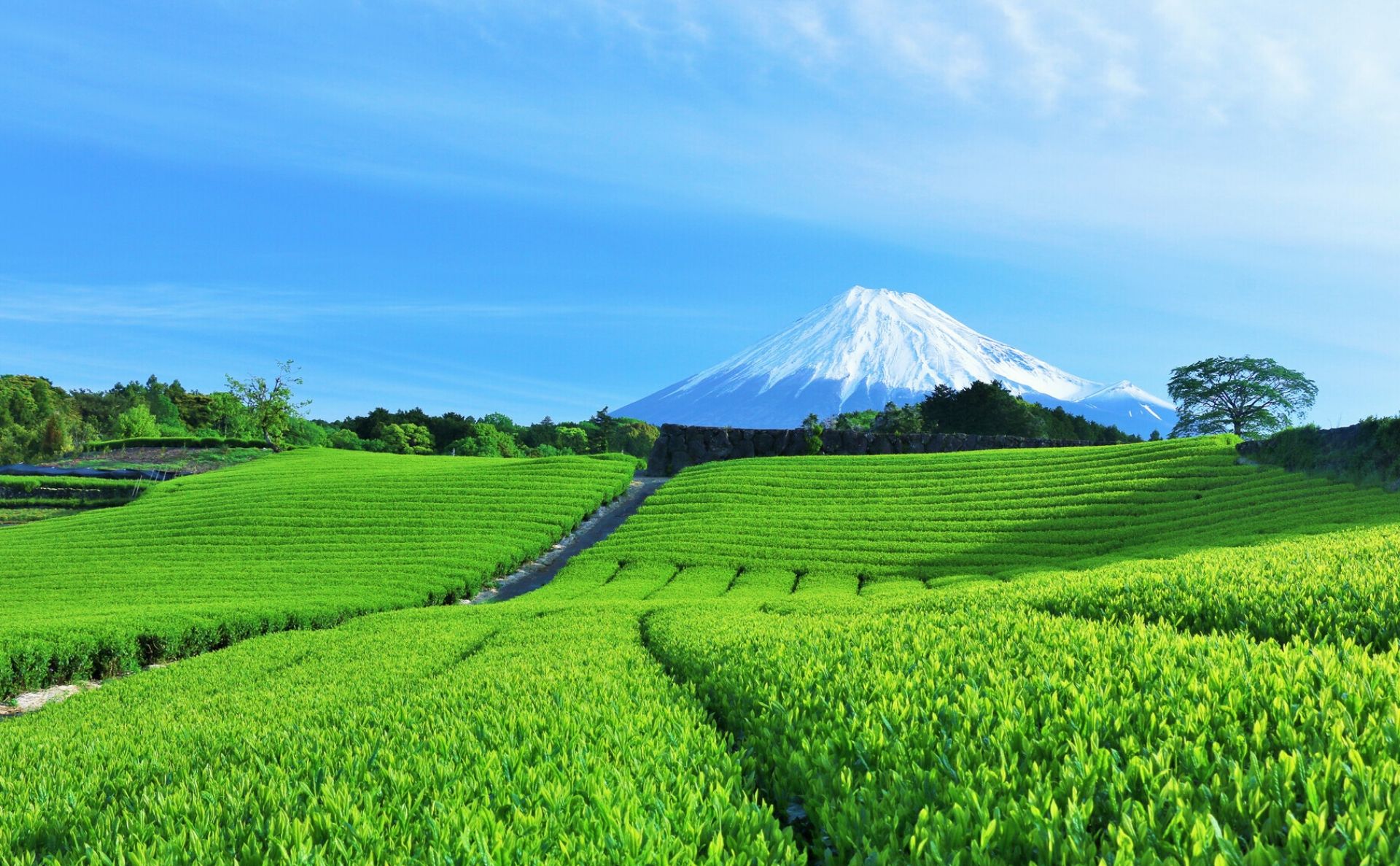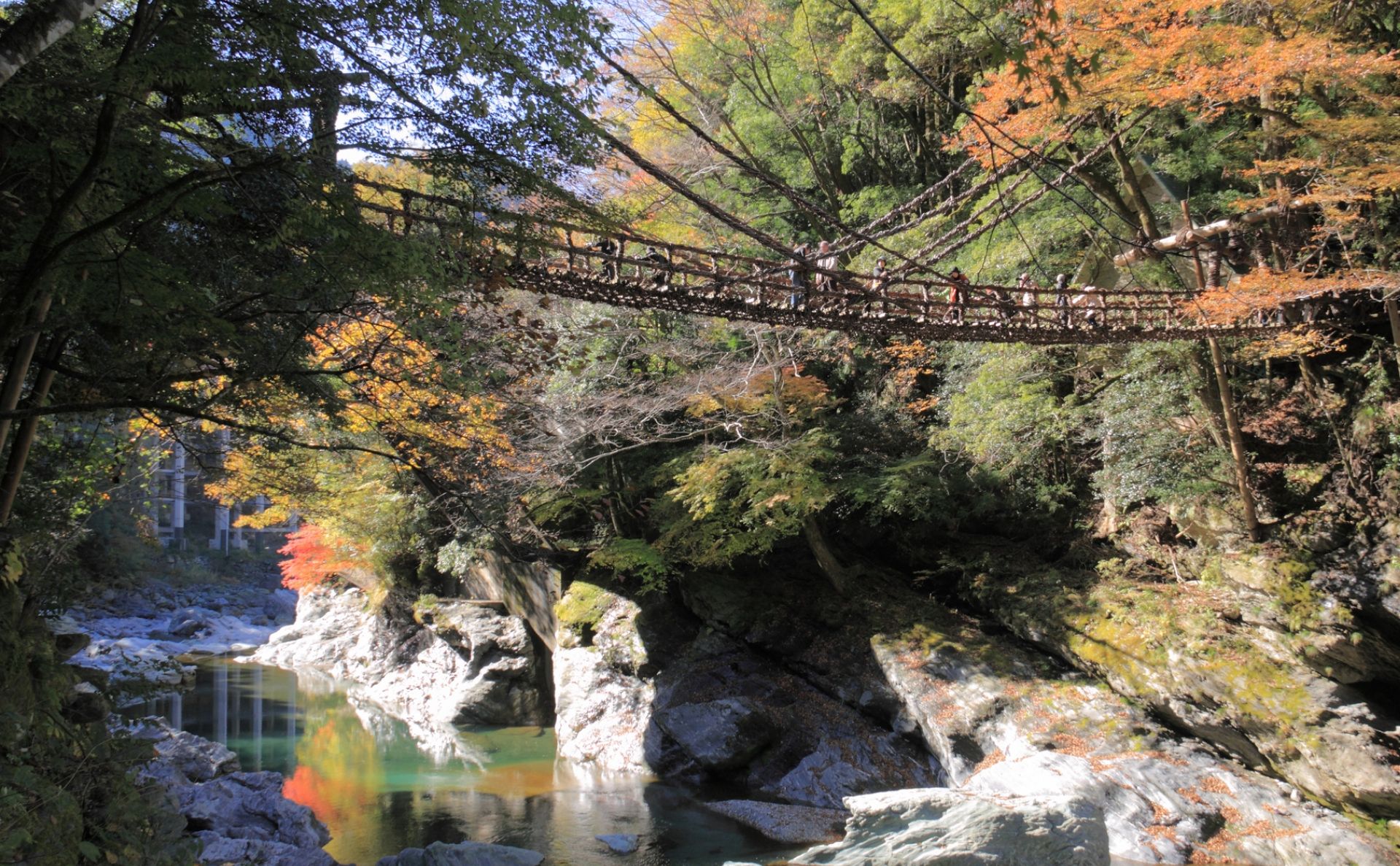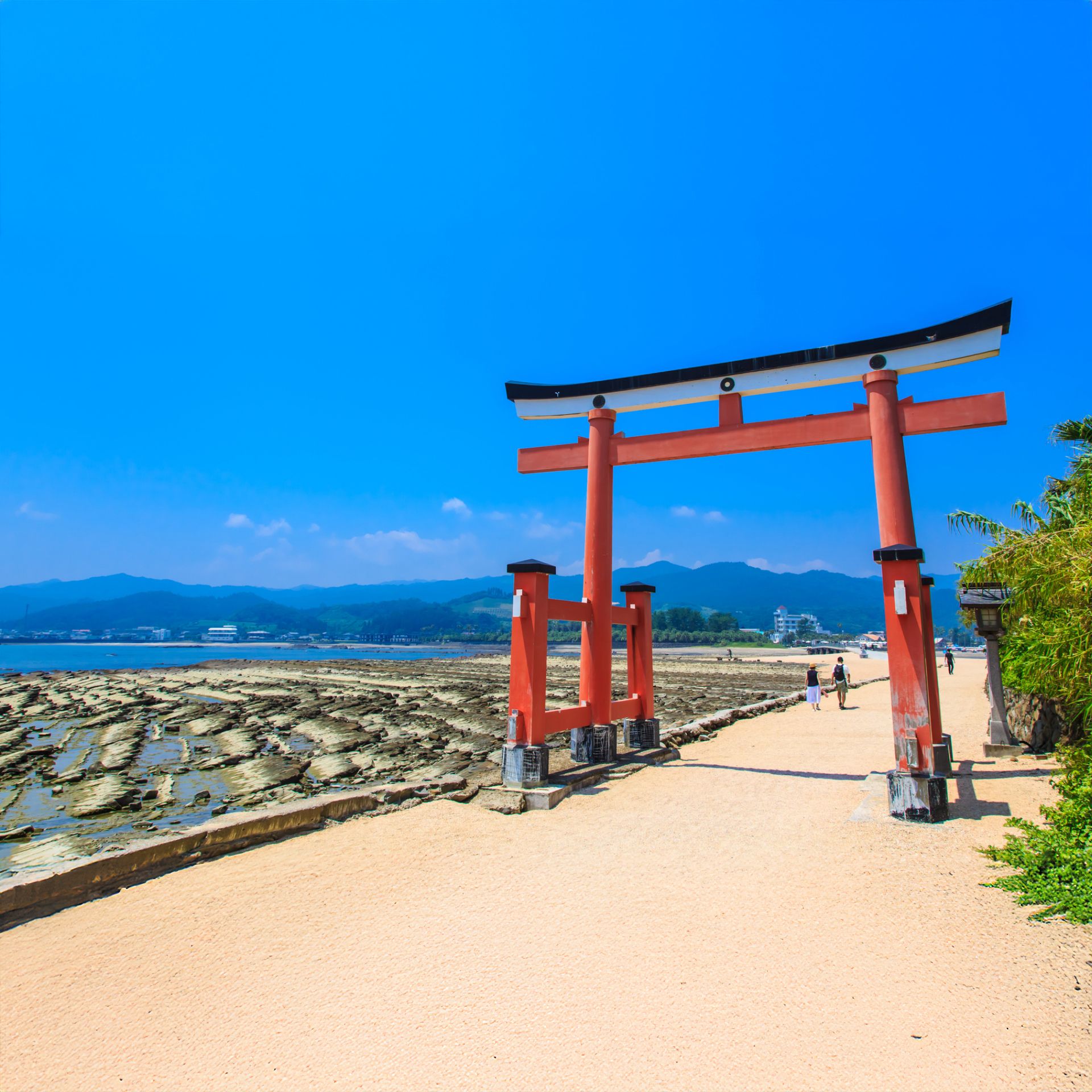Kansai
Savoring Tradition
and Taste in Japan
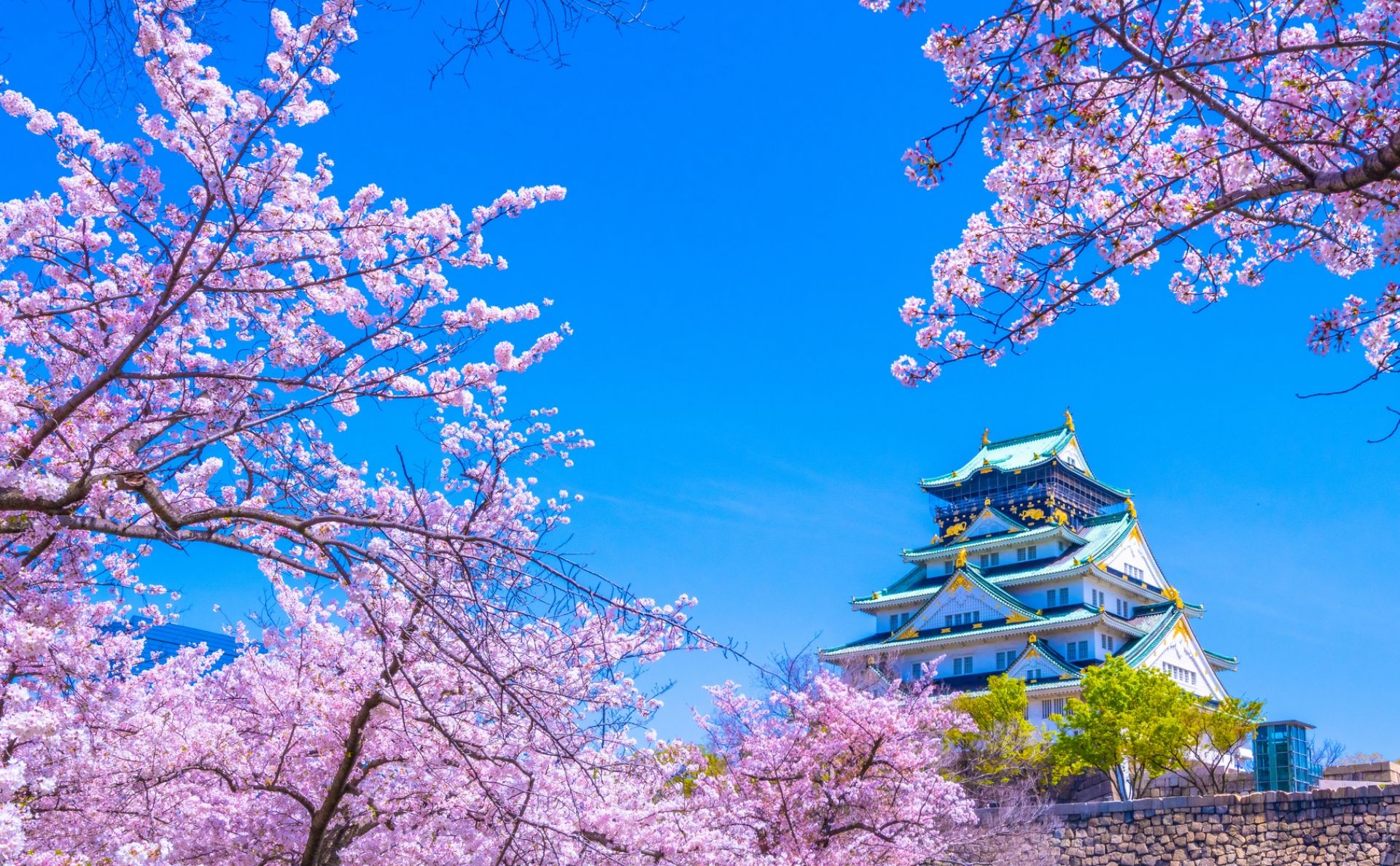
A journey to savor. The only aspect of Kansai that is more diverse than its geography, is its cuisine. From local favorites to time-honored traditional dishes, a trip through this region will also ferry you through a multi-generational menu of delicacies.
Tokyo
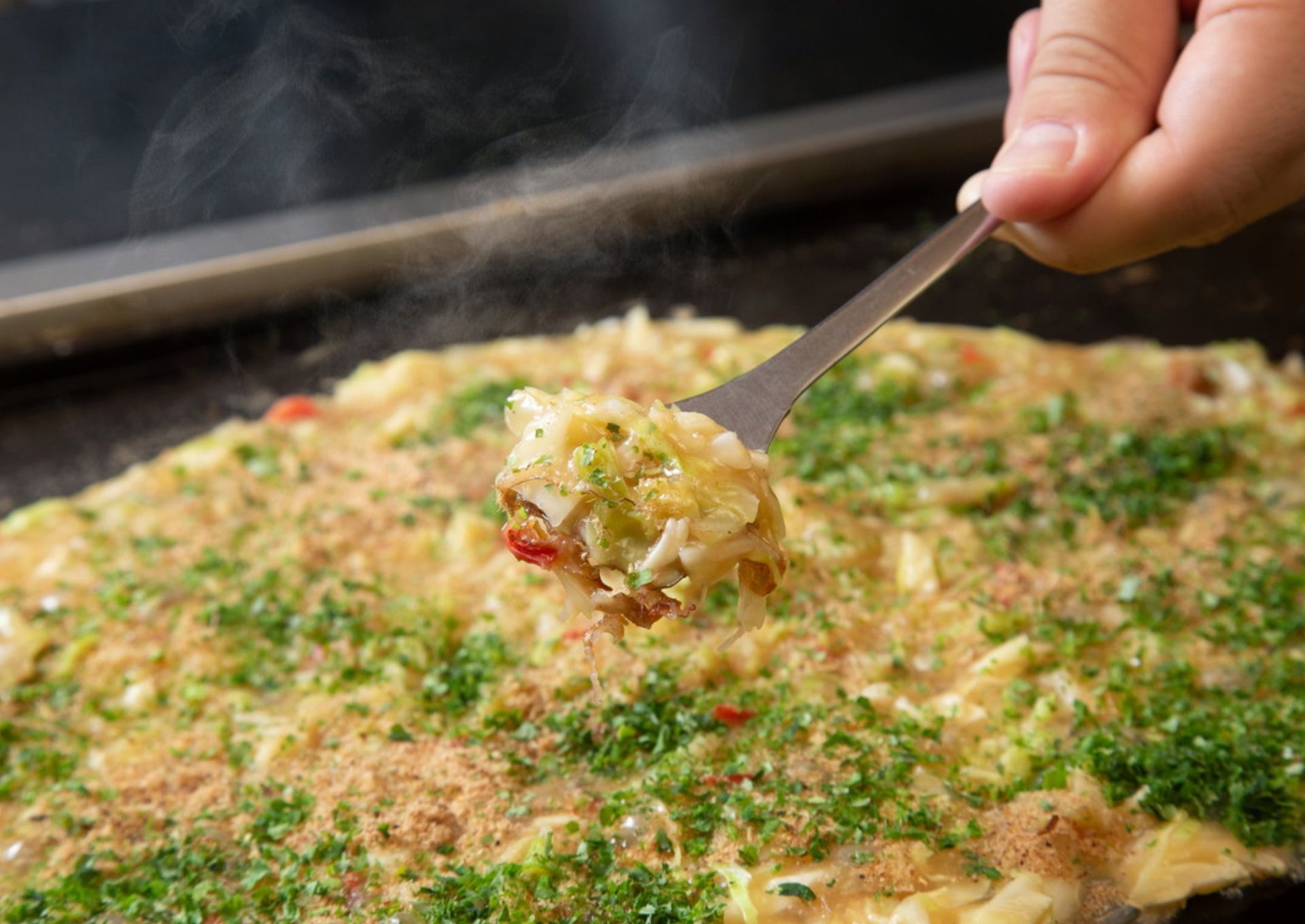
Monjayaki, Tokyo
Sporting over 80 restaurants that specialize in the Tokyo delicacy of monjayaki, Tsukishima Monja Street is the perfect spot to reignite a regional rivalry. While Kansai offers the more well-known okonomiyaki, Kanto’s take on this griddle-fired, savory pancake dish more than stakes its claim. Both dishes use a griddle batter as a base for constructing a multi-topping pancake, though monjayaki is thinner in consistency, and thus results in a more porridge-like consistency. The history of Tsukishima Monja Street and monjayaki can be traced back to the Edo period, where monjayaki was a popular street food. Created by dissolving flour and sugar in water and cooking it on an iron griddle, this economic alternative was a sweet snack, loved by children.
The modern-day monjayaki is said to have been an evolution of this traditional food. So, before heading to Kansai and chomping down on the ever-present okonomiyaki, be sure to first savor the flavors and history of Tokyo’s own take on this griddled phenomenon. When you order monjayaki today, your chosen ingredients are mixed directly into the bowl of flour-based liquid batter. At the table, you cook the mixture on the iron griddle yourself, often using two spatulas to chop and stir the ingredients. Once the ingredients are cooked, you pour the remaining liquid batter over them and mix, finishing the dish. Part of the fun is eating directly from the griddle with the small spatula, which makes the experience both interactive and entertaining.
Tsukishima Monja Street is conveniently located close to Tokyo Station. From the latter, jump on the Tokaido Shinkansen for Shiga to begin your Kansai culinary quest!

The Kansai region is located to the west of Tokyo, and is reachable via the ever-popular Tokaido Shinkansen. This Shinkansen can be boarded at Tokyo Station. Flying from Tokyo to Kansai International Airport (KIX), situated close to Osaka, is also recommended.
Shiga
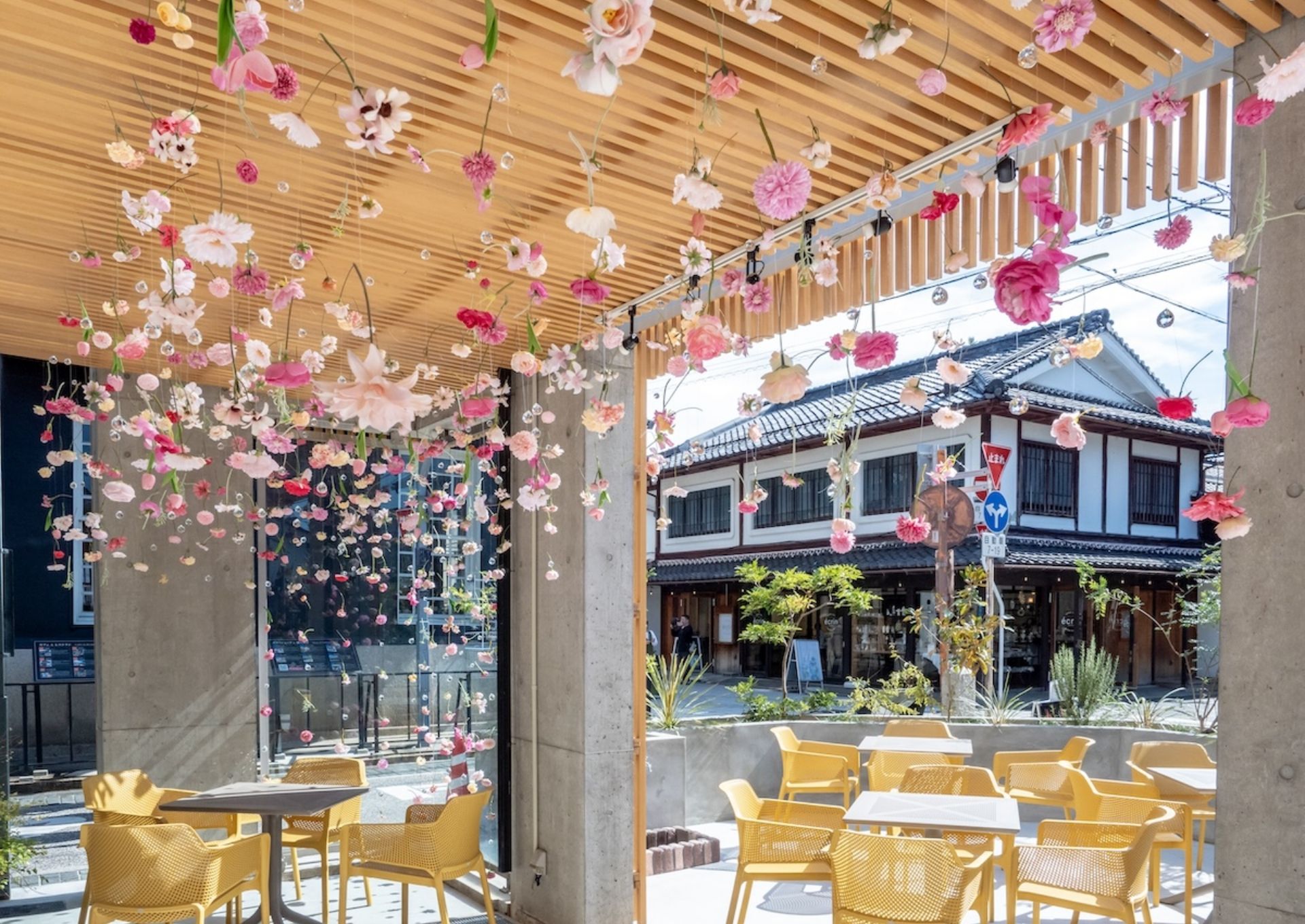
Kurokabe, Shiga
Photograph courtesy of Kurokabe Co., Ltd.
"Making traditional culture live beautifully in modern life" is the mantra of Kurokabe Square, located in Nagahama, Shiga Prefecture. Originally a thriving castle town governed by Toyotomi Hideyoshi, the area was since developed as a commercial district. Then, with the rise of suburbanization in the 1970s, the old Dai Hyaku-Sanju National Bank (known as Kurokabe Bank) in the old town was renovated into a shop specializing in glass crafts. The name Kurokabe literally translates to Black Wall, evoking images of both strength and mystery. This all-black once-bank was originally constructed during the Meiji period. It still retains this historic charm, albeit serving a different purpose; acting as the vessel for one of the largest glass art exhibition venues in western Japan. The buildings that surround Kurokabe have followed a similar trajectory, retaining their exterior charms while being repurposed as cafés and ateliers. Even the streets themselves are a testament to artistic tradition, with a litany of colorful and creative manholes adorning the Square’s narrow pathways. In reference to the local delicacies that are on offer, the culinary gem of Kurokabe Square is undoubtedly gourmet Omi beef. A delicacy that can be savored within several of these Meiji-era establishments. For example, 96 Cafe, located at the entrance of Kurokabe, offers both pancakes topped with Omi beef roast, and chocolate-flavored soft serve inspired by the Black Wall.
From Nagahama Station, head to Kyoto Station and transfer to the Miyakoji Rapid train, which will whisk you off to our next destination — the deer-populated paradise of Nara.
Nara
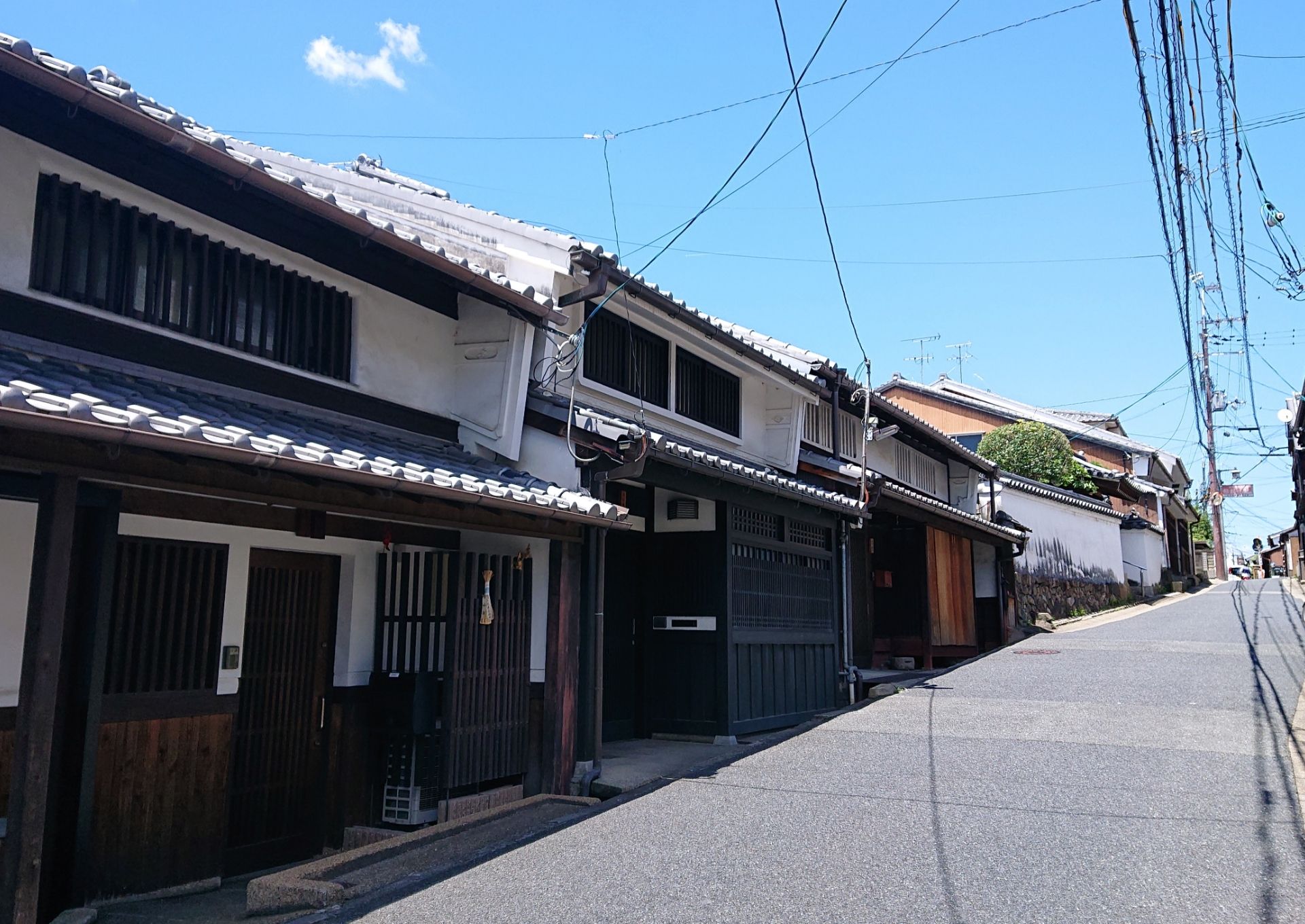
Naramachi, Nara
Literally translating to Nara Town, Naramachi is an area that is rich in historical charm, and many traditional machiya townhouses remain to this day, lining the narrow streets that are overflowing with Meiji-era culture and positively bursting with local flavors. Developed from the precincts of Gango-ji Temple, part of the Historic Monuments of Ancient Nara, a UNESCO World Heritage Site, Naramachi has morphed over time from a temple town to a bustling tourist destination. These memoirs of the past are still present however, with traditional townhouses from Edo to Meiji periods still standing tall. Once the commercial development area of Nara during the Meiji to Showa periods, Naramachi is now the beating heart of Nara’s gourmet scene. A walker’s paradise, these small streets are packed with local establishments offering an assortment of sweets and light bites. With businesses that have operated since the Edo period, including ‘Hiraso Nara’ which offers a delectable array of persimmon leaf sushi, a traveller shall not merely get lost in historic indulgence, but culinary euphoria too. Eating your way around Naramachi is a tried and true way to experience this Edo era town. From kamaboko, a Japanese fish cake that is baked in a spectrum of flavors and is available from store Uoman, to freshly baked mitarashi dango (sweet dumplings) from store Okuta, a traditional sweets shop, the culinary craft on offer in Naramachi is a clear testament to tasteful tradition.
The JR Yamatoji Rapid train from JR Nara Station will transport you straight to the kitchen of Japan — Osaka.
Osaka
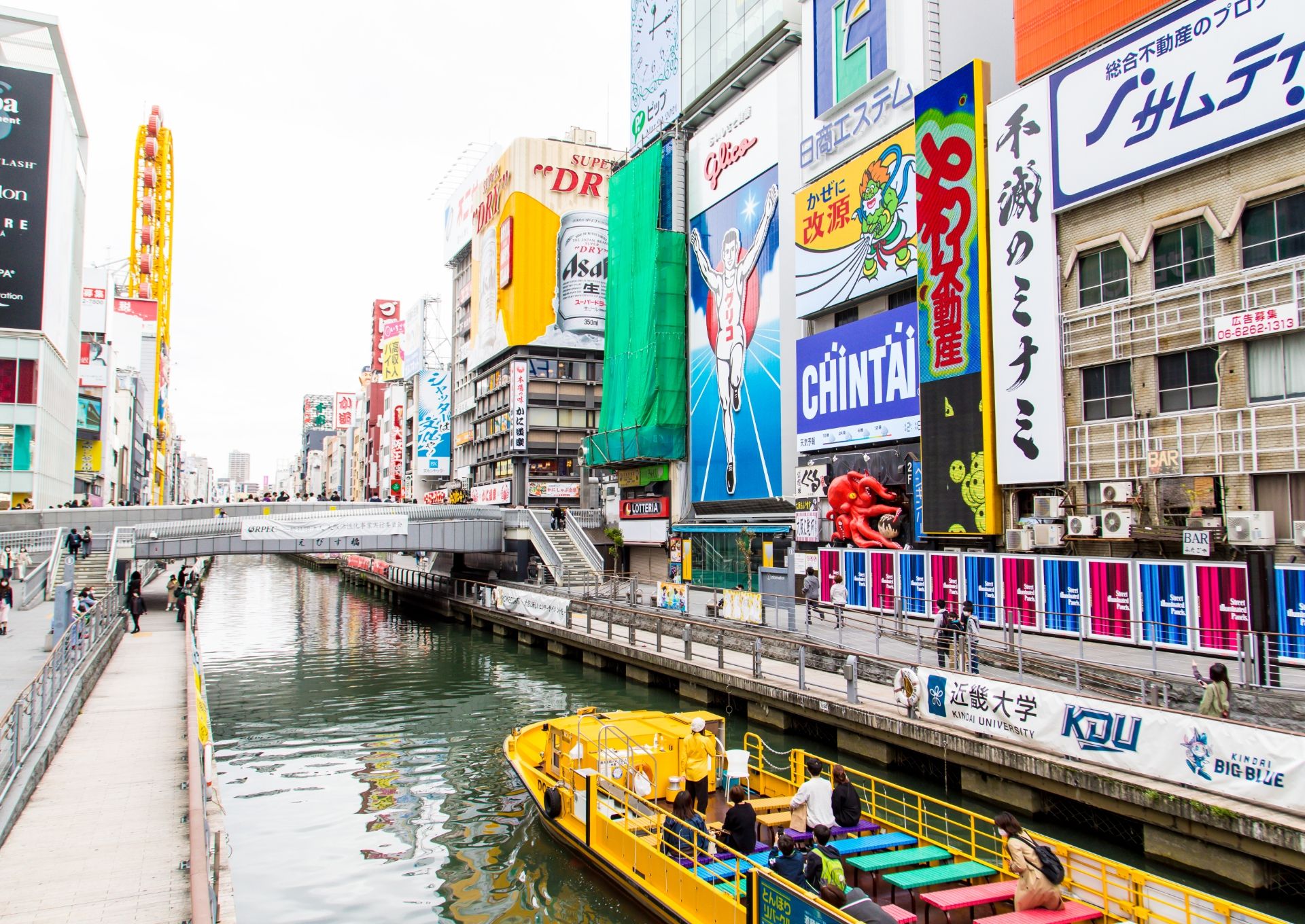
Dotonbori, Osaka
Photograph courtesy of Osaka Convention & Tourism Bureau
If Osaka is Japan’s metaphorical kitchen, then Dotonbori is the waiter delivering all of these delicacies straight to your table. A vibrant hub of entertainment and dining, the signboards of Dotonbori, such as Kani Doraku’s giant crab and the famous Glico Running Man, are sure to catch the eye. However, it’s the ever-present saliva-inducing aromas that will catch the nose and undoubtedly pull it towards one of Dotonbori’s multitude of eateries. The name Dotonbori comes from the real-life character of Yasui Doton, who privately funded the excavation of the river in 1612. The area was thus named Dotonbori, in honor of Doton’s achievement. In the early days, the district was a thriving theater district, brimming with kabuki and performance halls. These days, the district remains a hub for entertainment, but is arguably more well-known for its culinary offerings. Visitors can enjoy unique Osaka specialties such as ikayaki (grilled squid), takosen (octopus cracker), kushikatsu (deep-fried skewers), and butaman (steamed pork buns). Though front of the line has to be takoyaki (fried octopus balls). An omnipresent player in the lineup of fabulous Japanese streetfoods, takoyaki comprises of filled (typically with chopped octopus) savory dough balls, with a dashi base, that are positively bursting with an array of flavors! Though be sure to give the takoyaki some time to cool, as the treat is as hot as it is delicious. Available on both sides of the Dotonbori River, this area’s street food has achieved almost folklore-like status, a loyal chef within ‘Japan’s Kitchen.’
A journey through Kansai is an exploration of times past and traditions upheld. Where the memories of eras gone by are exquisitely intertwined with the pulse of a modern age.
Public Transport Operators
-
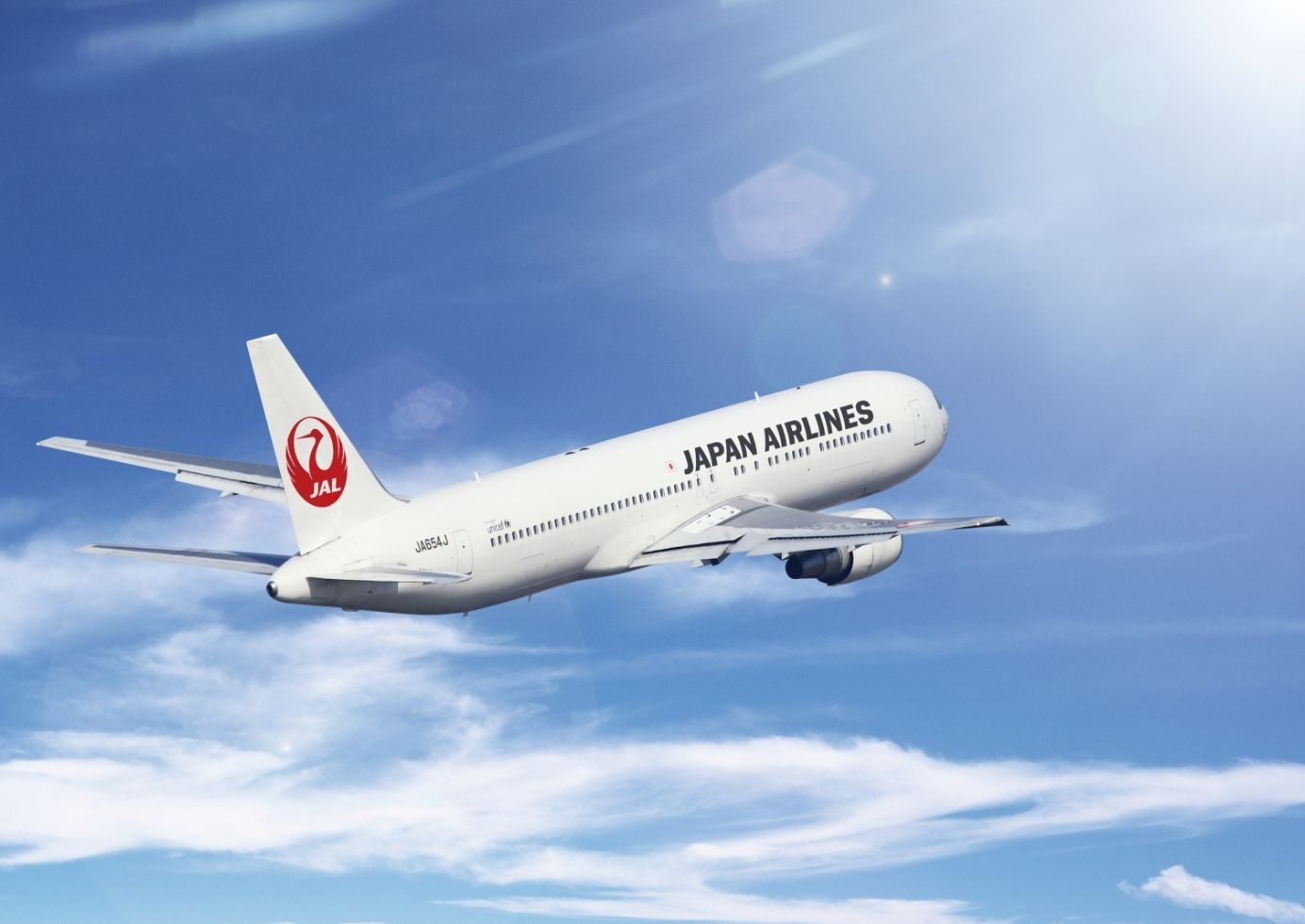
JAL
Japan Airlines operate bound for KANSAI region at 3 Airport(Itami , Kansai , Nankishirahama) and 21RT/Daily, Also We provide Domestic Discount flight. We look forward to your patronage.
-
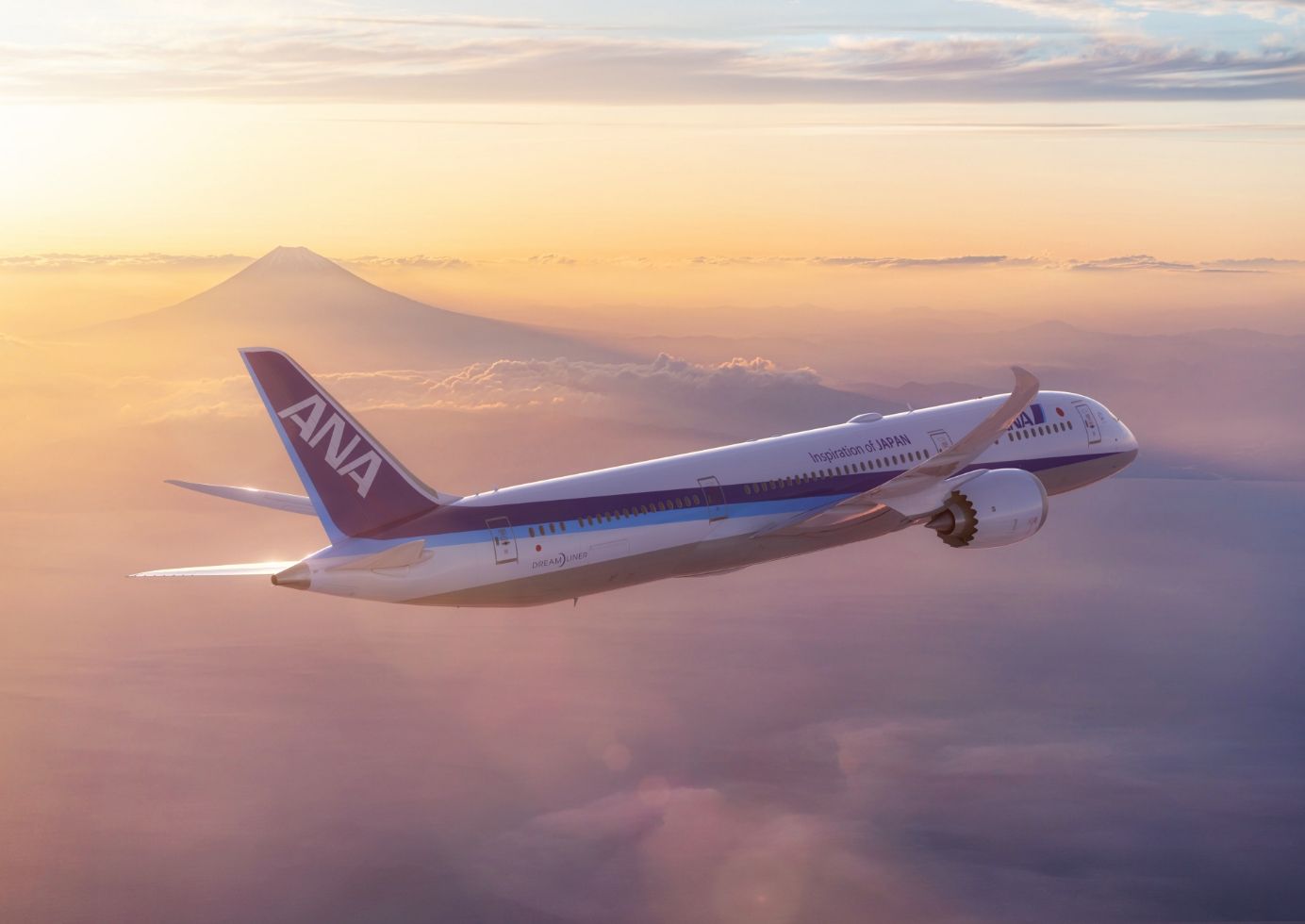
ANA
Travel becomes more exciting with ANA. We have an extensive network connecting Japan and the world — including service to over 50 airports nationwide. With warm Japanese hospitality, ANA offers convenient access across the country, making every journey more comfortable and turning your trip into a special memory.
-
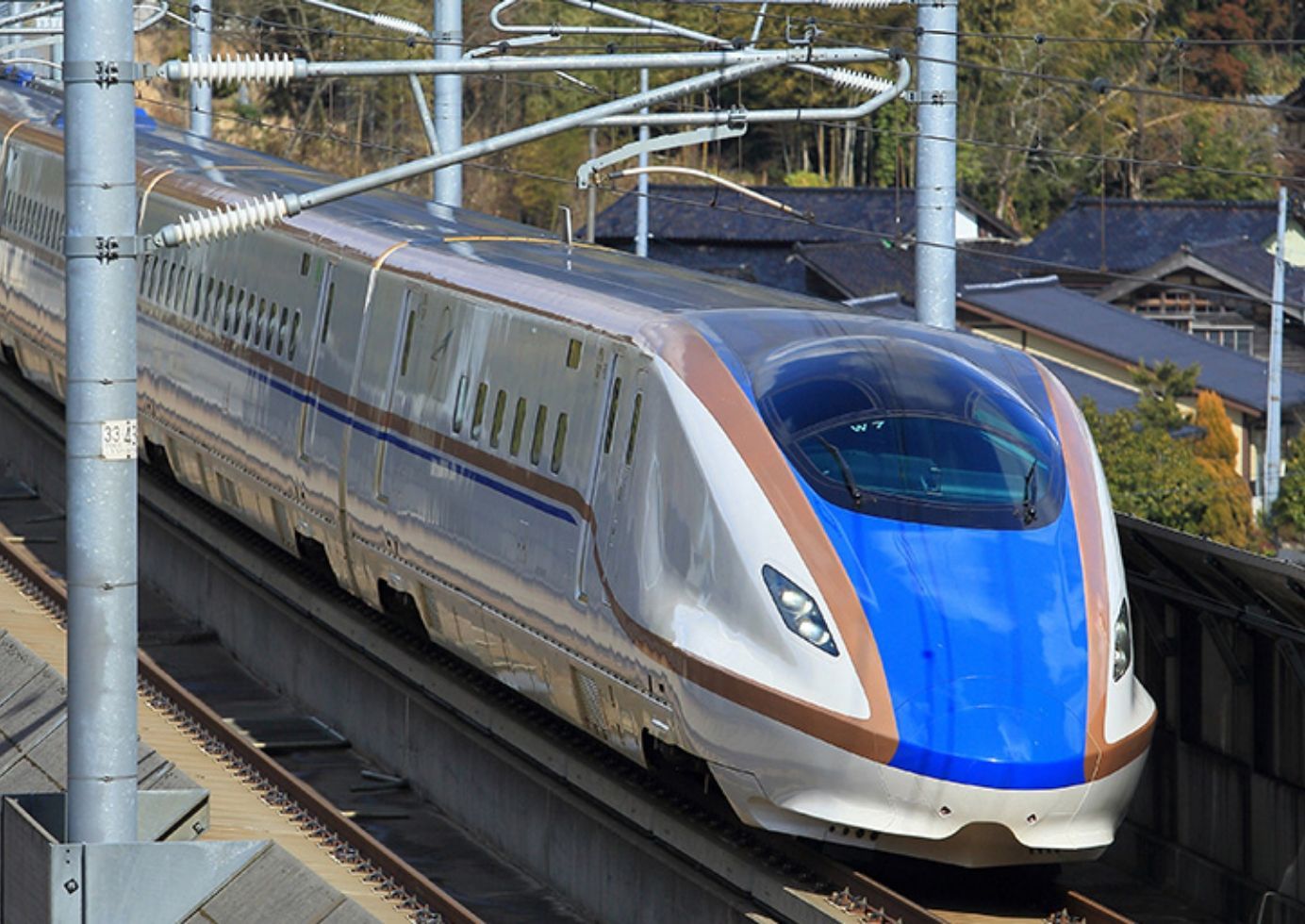
JR WEST
With the Hokuriku Shinkansen and the Thunderbird Limited Express, you can travel from Tokyo to Kansai via Toyama, Kanazawa, and Fukui. We also operate a convenient railway network across the Kansai area. Among our many passes for international visitors, the Kansai Wide Area Pass offers unlimited travel across Osaka, Shiga, Nara, and more. JR-WEST also provides digital tickets, letting you board trains directly with your smartphone.
